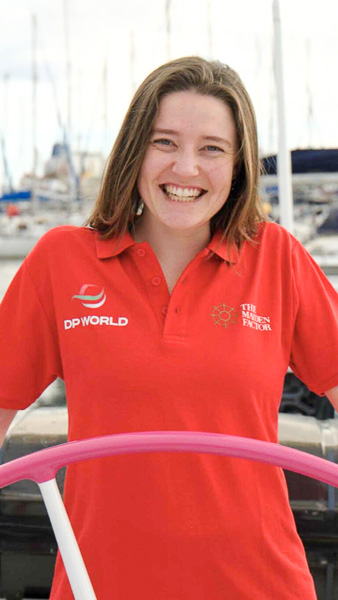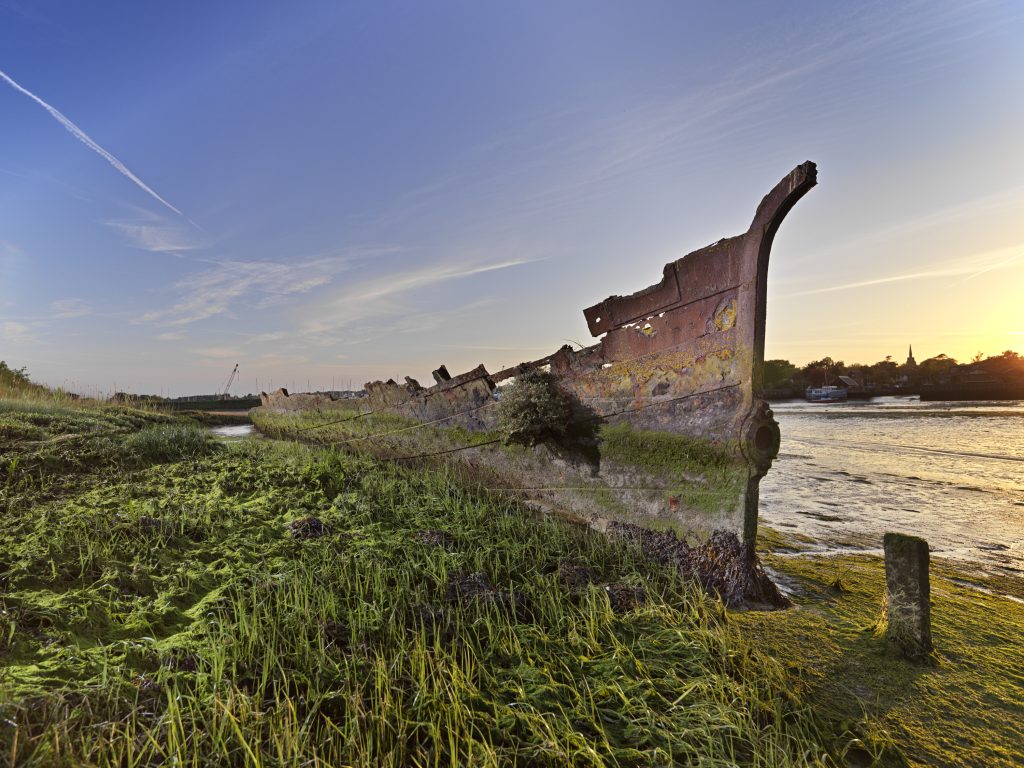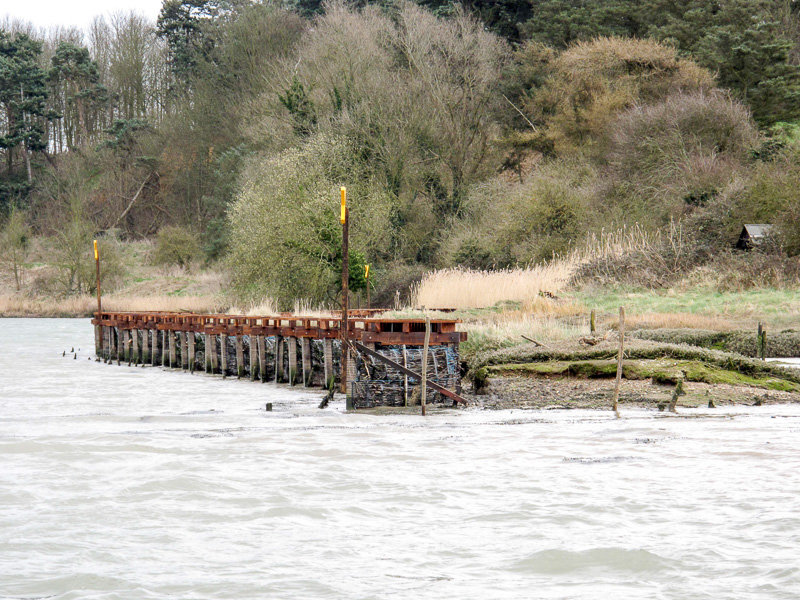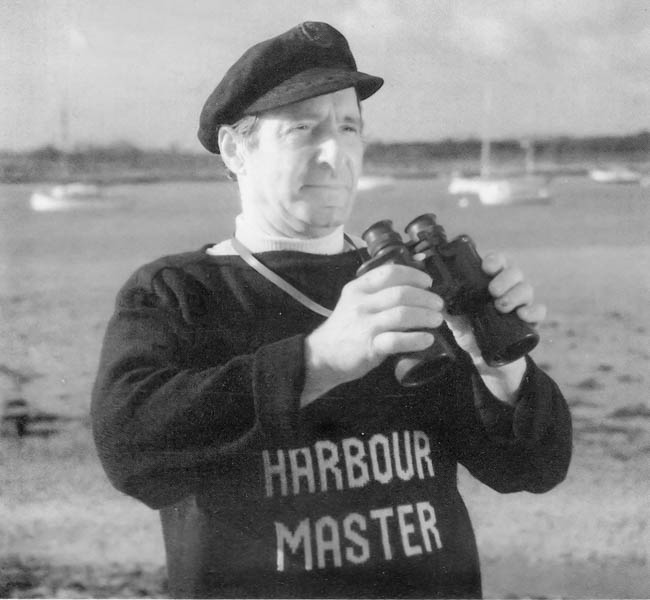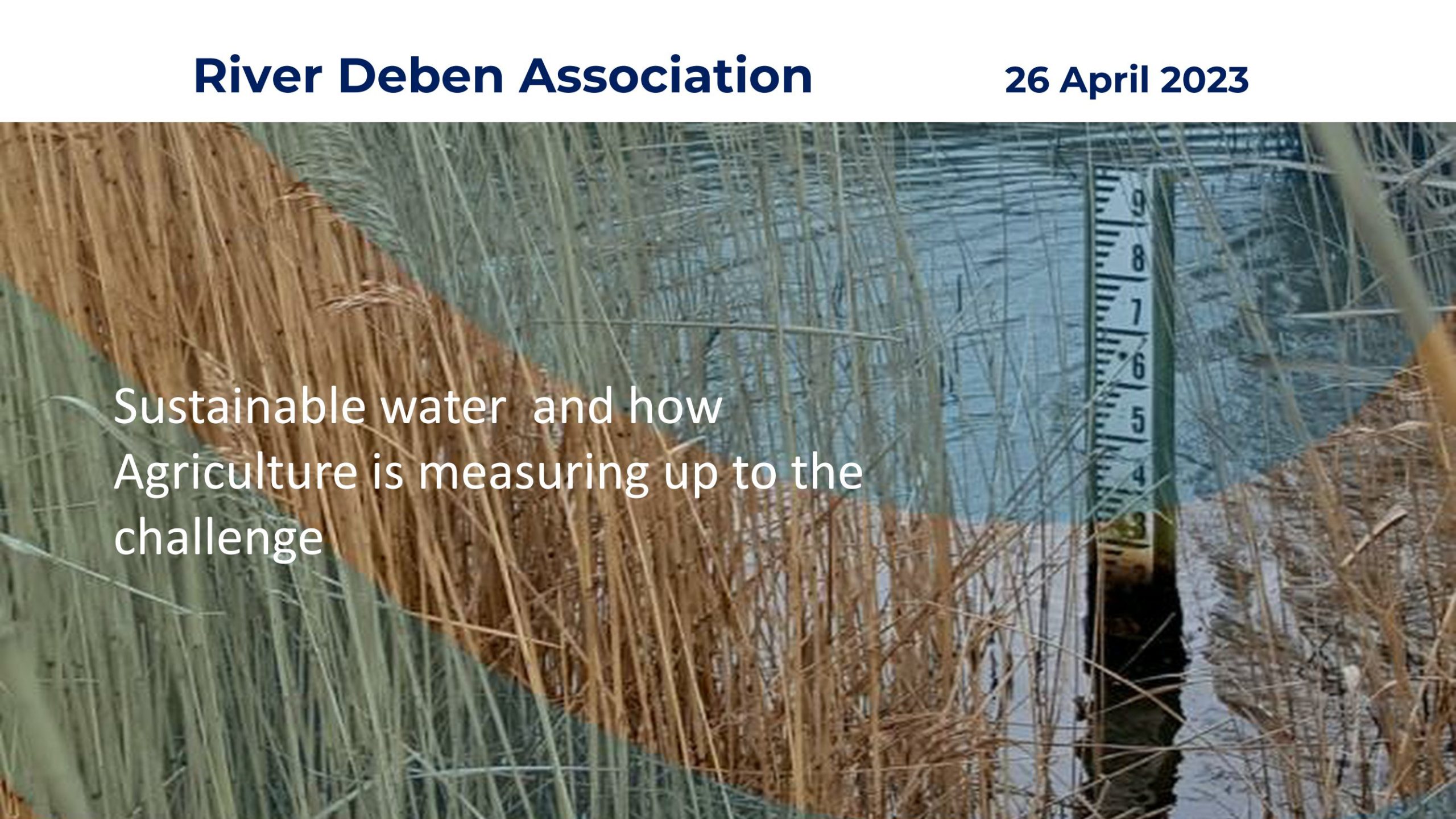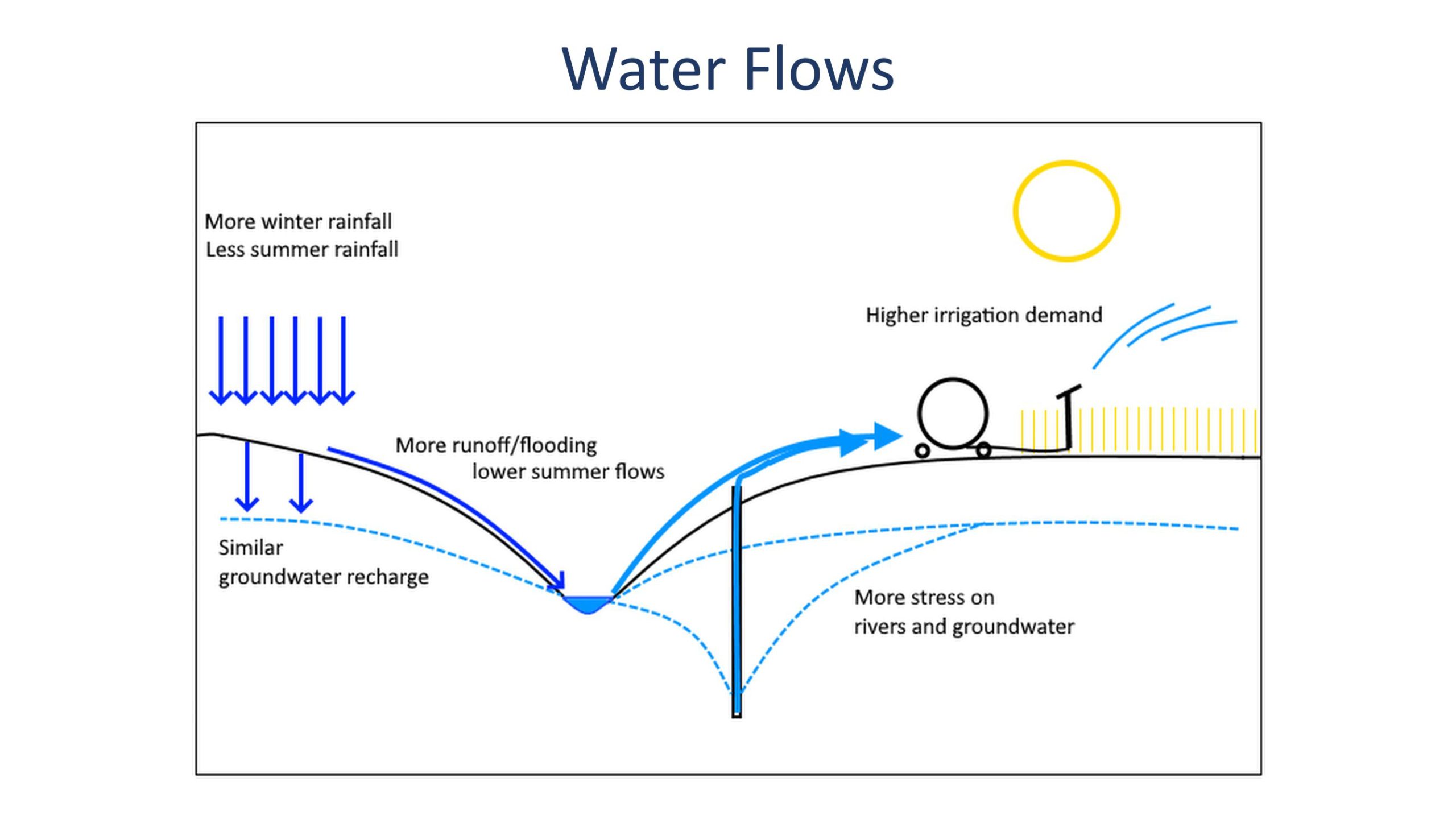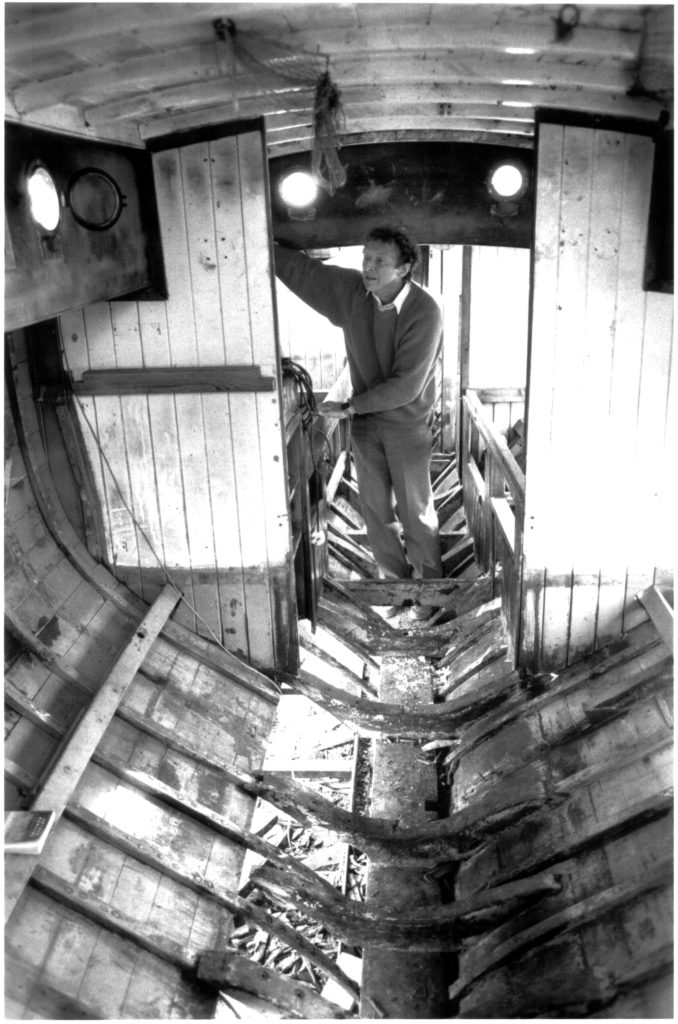By Phil Boak
Between the years 1913-1962, Felixstowe was a major flyingboat base, with the aircraft operating from the River Orwell on the site now occupied by the Docks. Operating during WW1, flyingboats partook in anti-submarine patrols of the North Sea. In the interwar years, the focus switched to research and development, with the performance of the seaplanes and flyinboats carefully evaluated through tests and trials. On completion of their operational lives, several of the larger flyingboat hulls were taken to the hamlet of Felixstowe Ferry and repurposed as houseboats, providing picturesque, if not cramped accommodation. This short article brings together before-and-after images of six such flyingboats, with a summary about what is currently known about them. Continue reading


